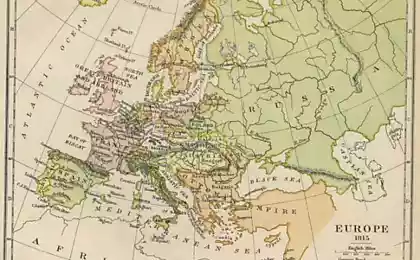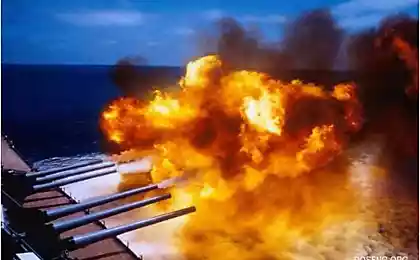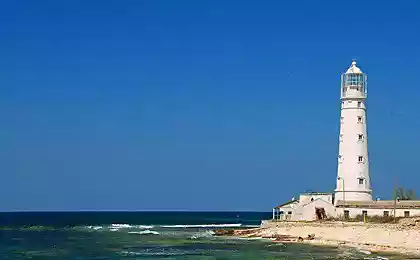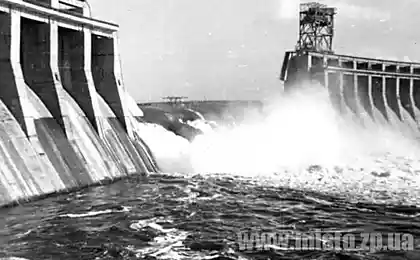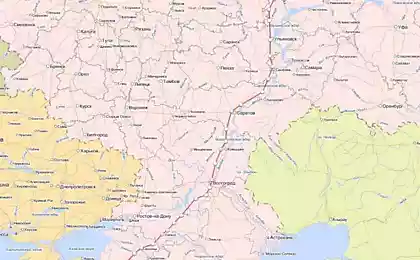2320
Walking through the city of Kherson
Today, a small post about Kherson fortress.
Ochakovskaya gates and ramparts, 1784
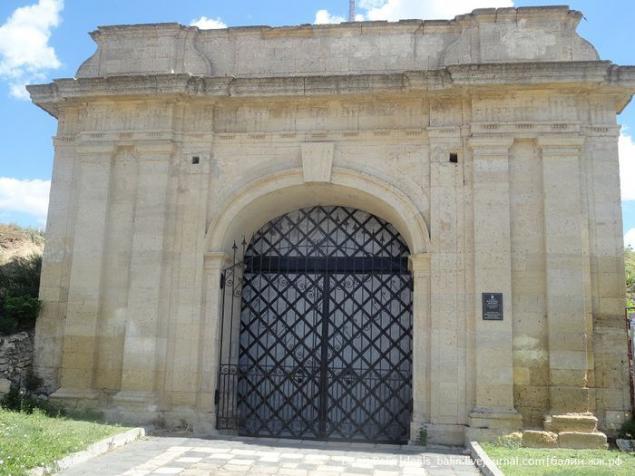
In 1737, during the Russian-Turkish War of 1735-1739 on the right bank of the Dnieper was built strengthening of the Russian army, Alexander Schanz. After the victory in the Russian-Turkish war of 1768-1774, there was a need for a shipyard in the Black Sea for the construction of a full-fledged navy. To determine the location, organized an expedition headed by Vice Admiral Senyavin, Alexei N., commander of the Azov Flotilla. It was he who suggested to build hulls, under the guise of strengthening the Alexander-Schantz, and then taking them into the estuary, near the deep harbor, equipped with guns, masts and rigging. Senyavin plan was approved by the imperial rescript in December 1775.
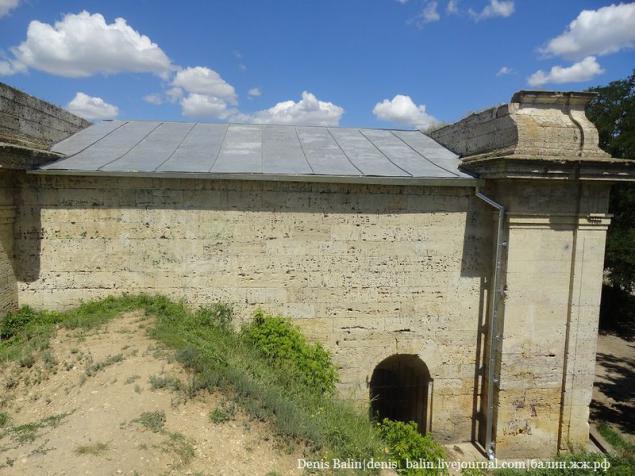
June 8, 1778 Catherine II signed a decree on the basis of the fortress and shipyard and already 19 October 1778 laid the fortress, shipyard and the city, known as Kherson. Title possibly due to the fact of the fortress-Alexander Schanz was output on the high bank of the Dnieper. Empress Catherine II during this period was fond of the Greek language. Beach in Greek - Kherson. Although the popular belief that the name comes from the name of the fortress in Crimea "Chersonese", which refers to the peninsula.
Kherson was destined to become the cradle and the first base of the Black Sea Fleet, economic and political center of the region called Novorussia. Founder of the city, and later its governor-general was a favorite of the Empress Catherine II, the famous statesman and military leader Grigory Potemkin. Construction of the fortress and the city was entrusted to General tseyhmestera Ivan Abramovich Hannibal. On February 1, 1784 the main builder of the fortress and the city became a colonel NI Korsakov (1749-1788). Kherson visited in 1786 the French traveler Gilbert Romm wrote in his memoirs that Korsakov "... have to manage 39 different, very important kinds of work ..." builds Kherson sailors, soldiers, convicts, treasury and voluntary workers from different cities of Russia. Korsakov Nikolai died in the walls of the rank of brigadier Ochakova in August 1788 On the headstone of his grave, located just outside the walls Ekaterinenskaya cathedral carved epitaph: "Here is one of the Fatherland respectable husband Korsakov Unfortunately for the children of Russia buried, he built this city and besieged Ochakov where a cheerful spirit of its body excommunicated ... »

In Kherson began construction of the Black Sea Fleet. Led by Alexei Naumovicha Senyavin built the first command post and barracks for sailors. It was on his proposed scheme (to build the shipyard hull vessels to lower them in the estuary and there is already equipped with guns, masts and rigging) were building ships in Kherson Admiralty, until its liquidation in 1827. September 16, 1783 the stocks Admiralty shipyard was launched the first large-66 gun ship "Glory of Catherine". Also in Kherson in 1790 was opened the first Black Sea cannon foundry plant. At the end of the XVIII century Kherson played an important role in the development of internal and external economic relations of Russia. Through the Kherson port trading with France, Italy, Spain and other European countries. During a trip to the South of the Empress Catherine II Kherson fortress were surprised even foreigners.

In 1803, became the center of Kherson Kherson province. The important role while in the fate of the city has played Osipovich Emmanuel de Richelieu, who became in 1805 the governor-general of the Novorossiysk Territory. That is the future prime minister of France, decided to refer the tax wine trade in New Russia on the development of Kherson, thereby maintaining its value and role of the regional center. The city developed shipbuilding, grew up agro-processing products. Were approved by the city coat of arms and flag.
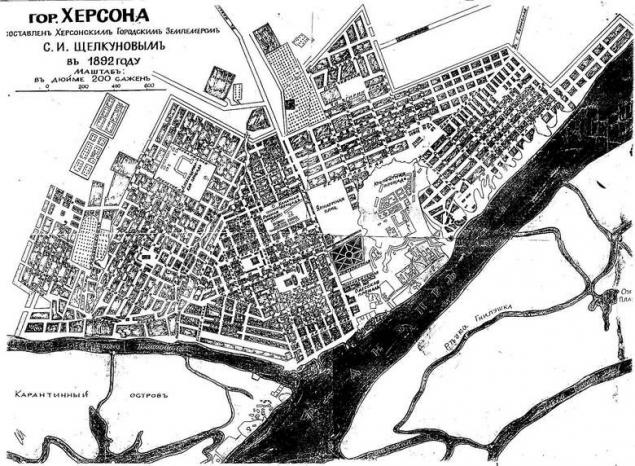
Catherine's Cathedral, built by order of Potemkin.
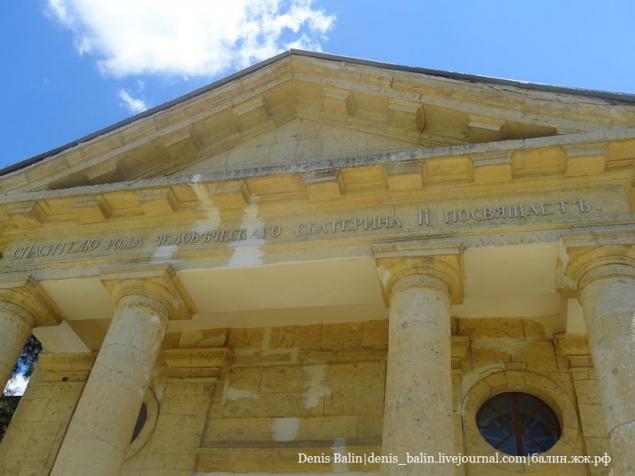
In it, he was buried in 1791
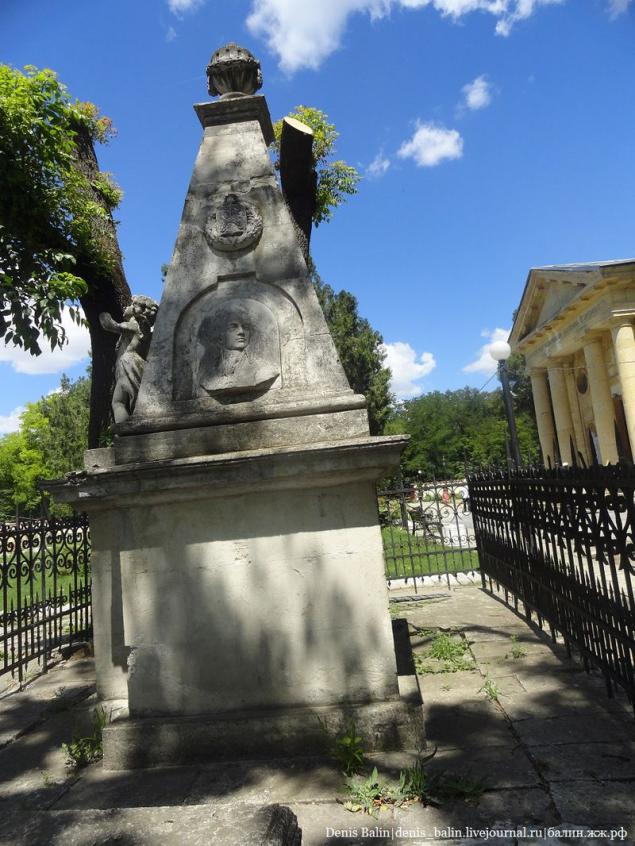

Fortification well, which is now on the territory of Catherine's Cathedral, was built in Kherson in 1785.
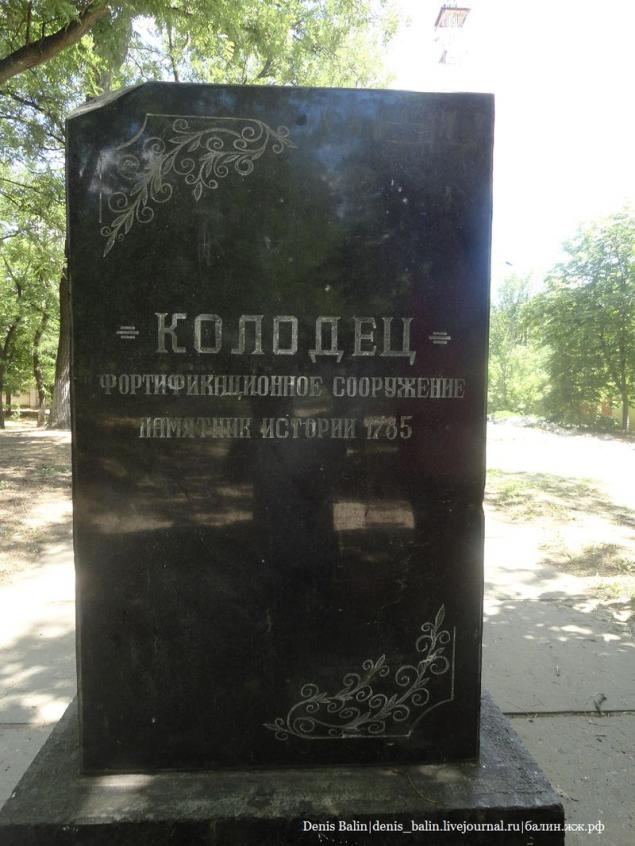
The well was designed to meet the needs of Kherson fortress garrison in drinking water. In the defensive system of the fortress were also high bulk rolls, bastions, underground mine galleries, moat, as well as Moscow and Ochakovskaya gates with drawbridges.
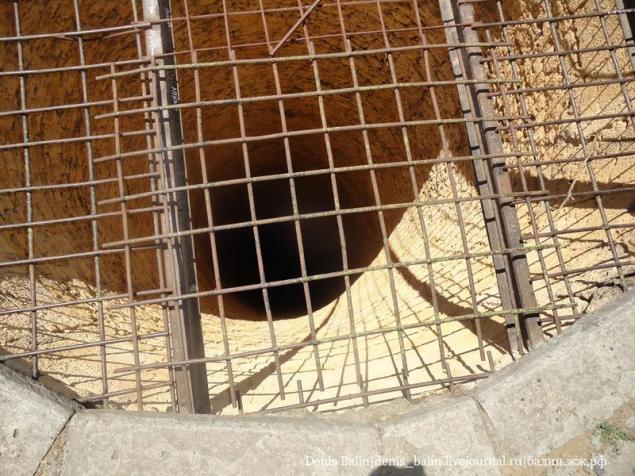
Modern Kherson - administrative, industrial and cultural center of the Kherson region. Kherson is divided into three administrative districts. Suvorov - the central area of the city. Dnipro - industrial area. Komsomol - the main industrial area of the city. Area consists of 9 cities, including 3 cities of regional subordination, 30 urban-type settlements and 658 rural settlements. The area consists of 18 districts. Near Tsyurupynsk is the largest sandy area in Ukraine - Oleshky Sands. Nowadays Kherson is an important industrial and industrial center in the south of Ukraine. Since 2004 the city's population rapidly declined, and only recently it has been increasing at a slow rate. Also recently increased turnover of Kherson Commercial Seaport.
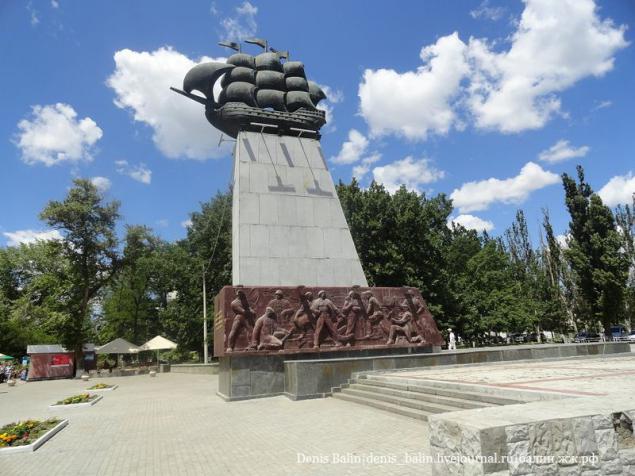
Source: denis-balin.livejournal.com
Ochakovskaya gates and ramparts, 1784

In 1737, during the Russian-Turkish War of 1735-1739 on the right bank of the Dnieper was built strengthening of the Russian army, Alexander Schanz. After the victory in the Russian-Turkish war of 1768-1774, there was a need for a shipyard in the Black Sea for the construction of a full-fledged navy. To determine the location, organized an expedition headed by Vice Admiral Senyavin, Alexei N., commander of the Azov Flotilla. It was he who suggested to build hulls, under the guise of strengthening the Alexander-Schantz, and then taking them into the estuary, near the deep harbor, equipped with guns, masts and rigging. Senyavin plan was approved by the imperial rescript in December 1775.

June 8, 1778 Catherine II signed a decree on the basis of the fortress and shipyard and already 19 October 1778 laid the fortress, shipyard and the city, known as Kherson. Title possibly due to the fact of the fortress-Alexander Schanz was output on the high bank of the Dnieper. Empress Catherine II during this period was fond of the Greek language. Beach in Greek - Kherson. Although the popular belief that the name comes from the name of the fortress in Crimea "Chersonese", which refers to the peninsula.
Kherson was destined to become the cradle and the first base of the Black Sea Fleet, economic and political center of the region called Novorussia. Founder of the city, and later its governor-general was a favorite of the Empress Catherine II, the famous statesman and military leader Grigory Potemkin. Construction of the fortress and the city was entrusted to General tseyhmestera Ivan Abramovich Hannibal. On February 1, 1784 the main builder of the fortress and the city became a colonel NI Korsakov (1749-1788). Kherson visited in 1786 the French traveler Gilbert Romm wrote in his memoirs that Korsakov "... have to manage 39 different, very important kinds of work ..." builds Kherson sailors, soldiers, convicts, treasury and voluntary workers from different cities of Russia. Korsakov Nikolai died in the walls of the rank of brigadier Ochakova in August 1788 On the headstone of his grave, located just outside the walls Ekaterinenskaya cathedral carved epitaph: "Here is one of the Fatherland respectable husband Korsakov Unfortunately for the children of Russia buried, he built this city and besieged Ochakov where a cheerful spirit of its body excommunicated ... »

In Kherson began construction of the Black Sea Fleet. Led by Alexei Naumovicha Senyavin built the first command post and barracks for sailors. It was on his proposed scheme (to build the shipyard hull vessels to lower them in the estuary and there is already equipped with guns, masts and rigging) were building ships in Kherson Admiralty, until its liquidation in 1827. September 16, 1783 the stocks Admiralty shipyard was launched the first large-66 gun ship "Glory of Catherine". Also in Kherson in 1790 was opened the first Black Sea cannon foundry plant. At the end of the XVIII century Kherson played an important role in the development of internal and external economic relations of Russia. Through the Kherson port trading with France, Italy, Spain and other European countries. During a trip to the South of the Empress Catherine II Kherson fortress were surprised even foreigners.

In 1803, became the center of Kherson Kherson province. The important role while in the fate of the city has played Osipovich Emmanuel de Richelieu, who became in 1805 the governor-general of the Novorossiysk Territory. That is the future prime minister of France, decided to refer the tax wine trade in New Russia on the development of Kherson, thereby maintaining its value and role of the regional center. The city developed shipbuilding, grew up agro-processing products. Were approved by the city coat of arms and flag.

Catherine's Cathedral, built by order of Potemkin.

In it, he was buried in 1791


Fortification well, which is now on the territory of Catherine's Cathedral, was built in Kherson in 1785.

The well was designed to meet the needs of Kherson fortress garrison in drinking water. In the defensive system of the fortress were also high bulk rolls, bastions, underground mine galleries, moat, as well as Moscow and Ochakovskaya gates with drawbridges.

Modern Kherson - administrative, industrial and cultural center of the Kherson region. Kherson is divided into three administrative districts. Suvorov - the central area of the city. Dnipro - industrial area. Komsomol - the main industrial area of the city. Area consists of 9 cities, including 3 cities of regional subordination, 30 urban-type settlements and 658 rural settlements. The area consists of 18 districts. Near Tsyurupynsk is the largest sandy area in Ukraine - Oleshky Sands. Nowadays Kherson is an important industrial and industrial center in the south of Ukraine. Since 2004 the city's population rapidly declined, and only recently it has been increasing at a slow rate. Also recently increased turnover of Kherson Commercial Seaport.

Source: denis-balin.livejournal.com





